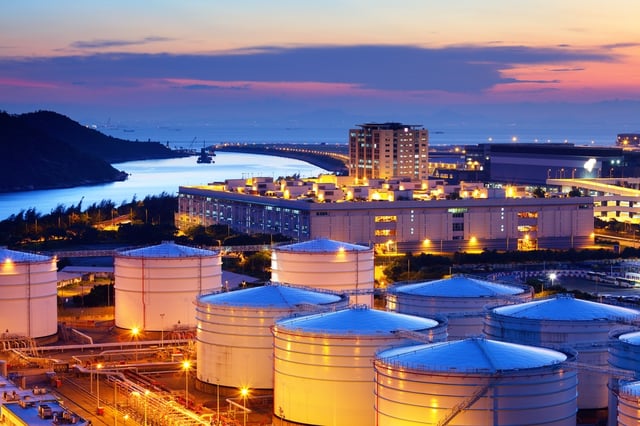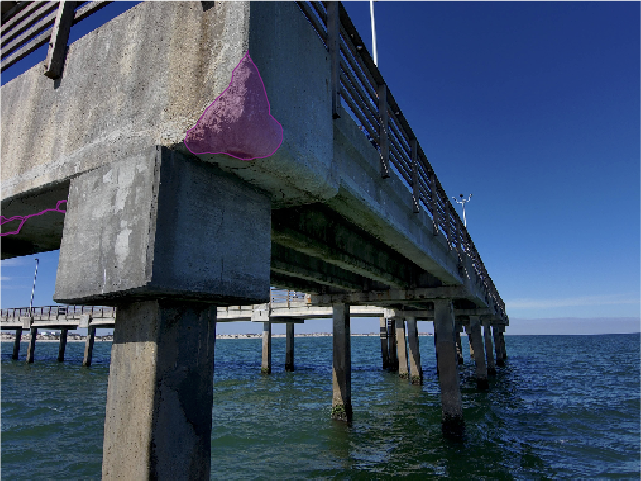The oil and gas companies need efficient and economical monitoring of their infrastructure to avoid losses, downtimes, and expensive repairs. A successful pipeline operation should be safe, efficient and have minimal if any, interruptions. These require constant monitoring, which can at times be very dangerous and expensive especially when inspecting long distances in remote and hostile environments.
Overview
To overcome these challenges and reduce costs, the oil and gas companies are now turning to the advanced technologies such as the drones. The UAVs enable them to cut inspections costs and time while increasing data gathering capabilities.
Most of the oil and gas companies are now looking at drone-based inspections with a lot of interest. Adopting the UAVs have several benefits compared to the traditional methods, and we are likely to see the devices becoming the major tools for inspections in the next three years. The drones can reliably, safely and quickly aid in performing post-hurricane analysis and pipeline surveillance. In addition, they can be used to collect field data from rigs, tanks, flare stacks, pipelines, and other oil and gas infrastructure.
Why companies are turning to drone-based inspections for oil and gas infrastructure
Compared to the traditional methods, the drones based inspection in oil and gas have many benefits which are still increasing as the technology continues to advance and become more available. Some the main benefits include;
- The drones provide an economical and more efficient means to detect and pinpoint the precise leak location or other defects for timely repair.
- Improved safety: The drones are suitable for almost all environments. They eliminate the need to send workers to difficult and complex terrains or environments that can expose them to dangers and hazardous chemicals.
- Better quality and comprehensive data
- Faster inspections: The drones, equipped with a variety of sensors, have the ability to perform faster inspections. In a typical traditional inspection, the technicians take about eight weeks for certain assets while the drone-based inspection will only take few days to complete the same, with even better quality.
- No need to shut down oil and gas operations during the inspections. The drone inspections do not interfere with the operation of the systems and hence do not affect the productivity. A closure of a facility in the oil and gas facility is very expensive and the companies end up with lost production. For example, Drone Inspection companies can inspect a flare stack while it is live and online, avoiding the requirement to shutdown, which means typical savings are millions of dollars per inspection.
- Make it essay and faster to fix issues before they become major issues
Future of Drones in Oil and Gas Inspections
Drones have been used in a variety of activities, but they are yet to reach their full potential. As such, we are going to see more developments in sensor and data handling technologies, which will improve the scope, quality, and efficiency of the inspections. We are also likely to invest in technologies that will enable fully automated drone inspections.
What we are likely to see in the oil and gas inspections
- Most companies will adopt the drone-based inspections which are safer, more economical, and much faster.
- New technologies will make it possible to equip drones with gas sensors such as the methane, hence enabling them to determine gas type and precise leak location.
- The drones are becoming bigger and able to travel longer distances while carrying more weight, hence will have the ability to inspect even longer distances of the pipelines.
- Software applications will make it possible to gather data and images, combine these, and analyze them to produce actionable information. These will be availed to managers, engineers, environmentalists, investors and other stakeholders.
- More standardized and shareable data among different contractors and professionals will put everyone on the same page much faster, hence improve the repair work or upgrade. This will improve coordination between subcontractors, the surveyors, engineers, environmentalists, project managers, and other players.
- Employing drones will help organizations complete large surveys faster and with a high degree of accuracy.
- The drone will reduce the shutdowns, the number of workers required to perform the inspections, as well as vehicles, vessels, and helicopters to transport people or be on standby just in case of emergencies.
Improvements that will increase drone-based oil and gas inspections
As the technologies evolve, governments, aviation, environmental and other authorities are working out on legal, operational and other standards that will streamline and control how the drones are used. This will allow manufacturers to produce more drones for a wider range of applications.
However, there is still the need to overcome other challenges such as the short flying time, effect of unfavorable weather conditions such as rain and snow as well the effect of the wind on light drones.
Conclusion
Drones are going to provide much more opportunities and possibilities that will completely transform the oil and gas inspection processes. More importantly, the drones will reduce costs for the inspections and provide a faster way to detect and consequently repair issues become they turn into big problems.
Most companies will be using drones to reduce operational costs while improving safety, efficiencies, and profits. And those who fail to adopt the technology will most likely be noncompetitive.
Tags
Oil and Gas




.png)
